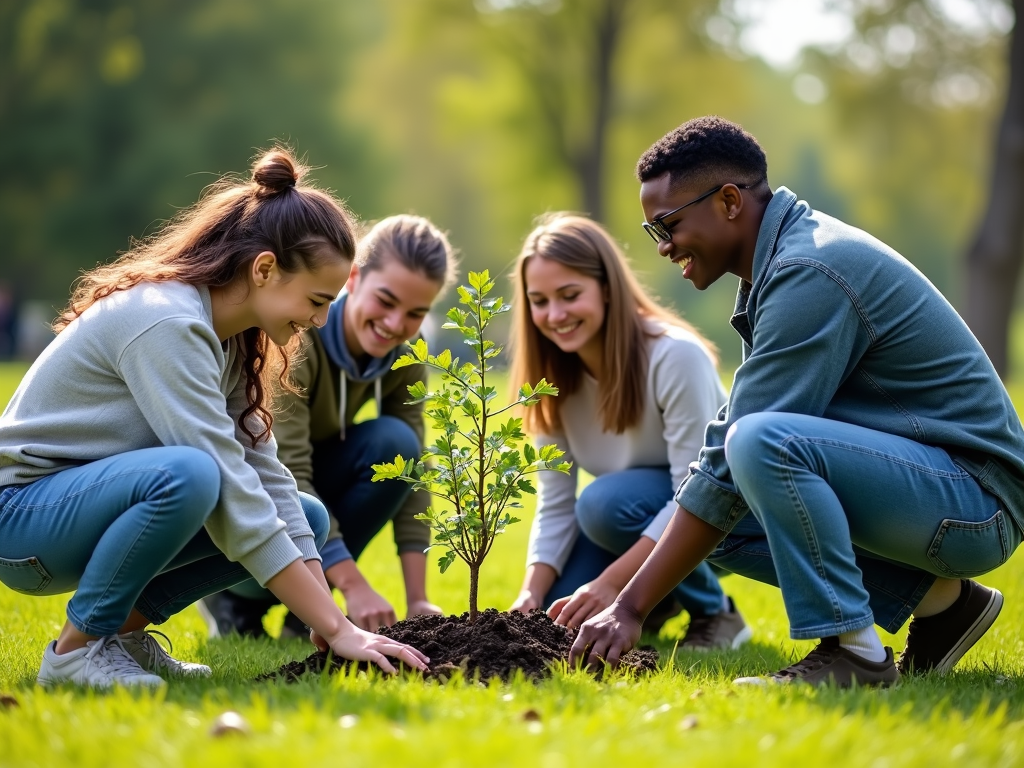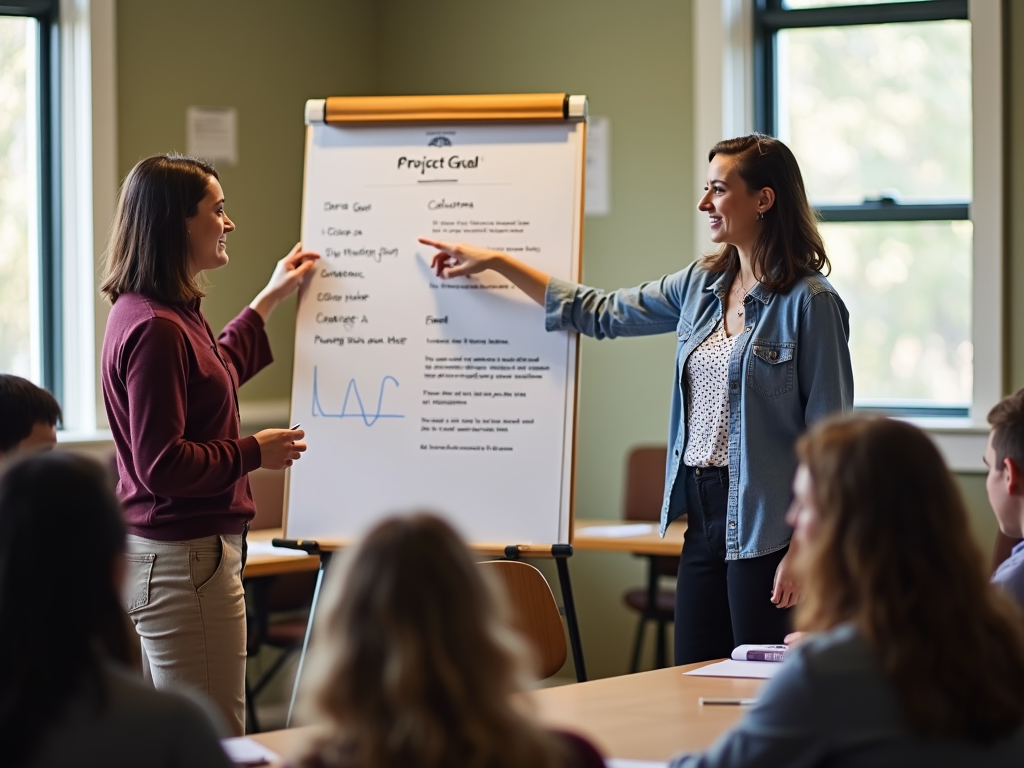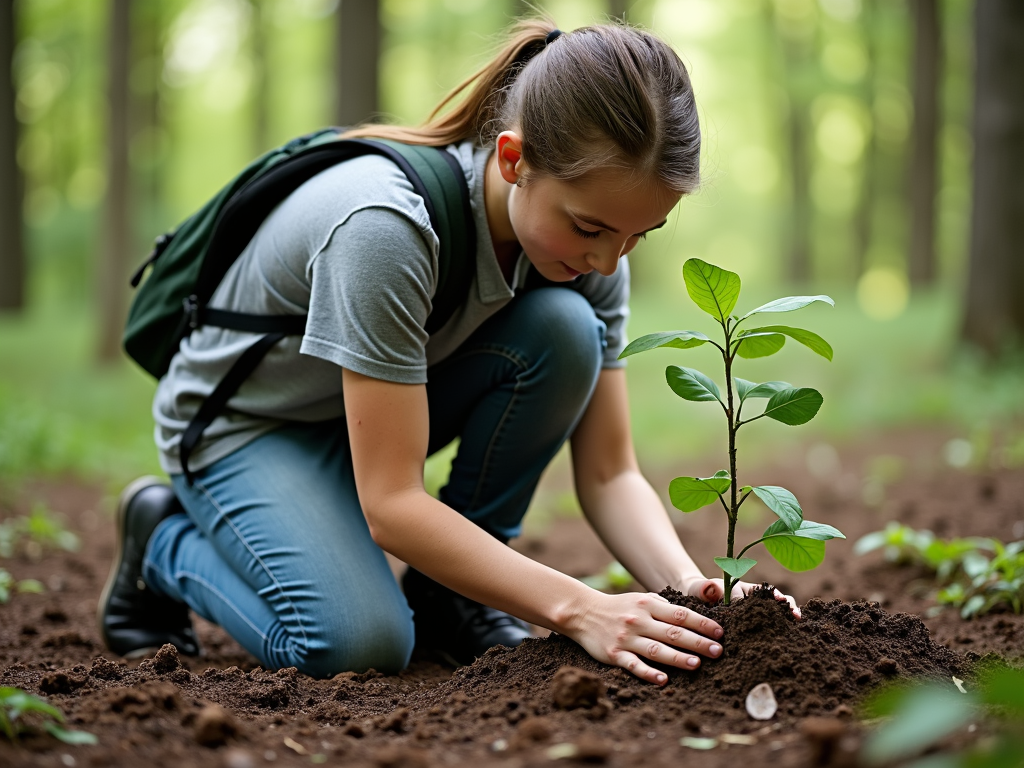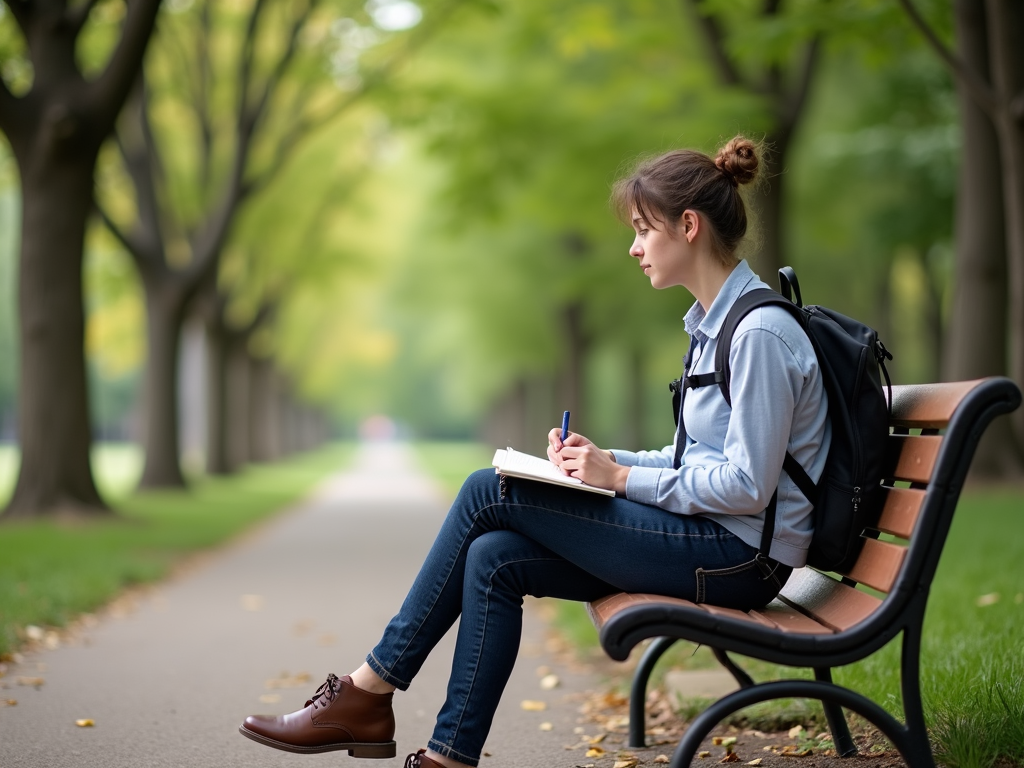Why Service Learning Boosts Student Skills: A Comprehensive Guide
By , June 5, 2025
Overview: Service learning blends education with community service, helping students grow through real-world projects. It builds skills like teamwork and critical thinking while making a difference. This article dives into why service learning boosts student skills and highlights its impact, especially in environmental conservation.
What Is Service Learning and Why Does It Matter?
Service learning combines education and community service in a way that’s different from regular volunteering. It ties what students learn in class to hands-on projects that help others. This approach lets students use their knowledge to solve real problems, making learning more exciting and meaningful.
Imagine a student studying biology who joins a project to clean up a local river. They don’t just read about pollution—they see it, tackle it, and learn how to fix it. This kind of experience sticks with them and builds skills they can’t get from books alone.

Skills That Grow Through Service Learning
Service learning helps students pick up skills that matter in school, work, and life. Here’s what they gain:
-
Problem-Solving: Students face real challenges, like figuring out how to organize a food drive. They learn to think fast and find solutions.
-
Teamwork: Working with others on projects teaches students how to share ideas, listen, and get things done together.
-
Communication: Talking to community members or explaining a project sharpens their ability to speak clearly and confidently.
-
Leadership: Leading a team or planning an event gives students a chance to step up and guide others.
-
Responsibility: Helping their community shows students why their actions matter, building a sense of duty.

The Benefits of Volunteering in Environmental Conservation
Volunteering in environmental conservation is a standout part of service learning. It’s good for the planet and great for students. Here’s why:
-
Learning by Doing: Planting trees or cleaning up a park lets students see environmental issues up close. They learn what sustainability really means.
-
Big Picture Thinking: These projects mix science, teamwork, and community needs. Students see how everything connects.
-
Seeing Results: When students improve a local space, like a garden or trail, they feel proud of the change they made.
I once joined friends to restore a hiking trail. We cleared overgrown plants and fixed signs. By the end, hikers thanked us, and I felt connected to the place in a new way. That’s the kind of impact students can have.

Top 5 Volunteer Opportunities in Environmental Conservation
College students have tons of ways to get involved. Here are five volunteer opportunities that boost skills and help the environment:
-
Park Cleanups: Grab a trash bag and join a local cleanup. It’s simple but makes a big difference.
-
Habitat Restoration: Help groups like the National Wildlife Federation rebuild homes for animals by planting or clearing spaces.
-
Community Gardens: Grow food, learn about farming, and share it with neighbors.
-
Education Events: Teach kids or adults about recycling or wildlife through fun workshops.
-
Science Projects: Collect data on plants or water quality for researchers. It’s a cool way to try science yourself.

How Service Learning Helps in School
Service learning doesn’t just build skills—it can make students better at school too. Here’s how:
-
Making Lessons Real: Using class ideas in the real world helps students get it. A history student might learn more by helping at a museum.
-
Staying Interested: Seeing how their work helps others keeps students excited about learning.
-
Thinking Deeper: Tackling tough projects sharpens their brains for schoolwork.
Studies from places like Campus Compact show students who do service learning often do better in class. It’s proof this stuff works.

Facing Challenges in Service Learning
Service learning isn’t always easy, but the bumps are worth it. Here’s how to handle them:
-
Finding Time: School plus service can feel like a lot. Make a plan and stick to it—small steps add up.
-
Getting Supplies: If a project needs stuff you don’t have, ask your school or community for help.
-
Connecting with People: Building trust with community folks takes effort. Be friendly and keep talking to them.
Once, my group ran out of paint for a mural project. We asked a local store for extras, and they donated some. Problem solved!

Summary: Why Service Learning Stands Out
Service learning boosts student skills by mixing education with community service. It teaches problem-solving, teamwork, and responsibility while letting students help their world. Volunteering in environmental conservation adds even more, giving hands-on lessons and a chance to protect nature.
For students, it’s a way to grow and shine. For teachers, it’s a tool to make learning come alive. Try it—you’ll see the difference it makes.